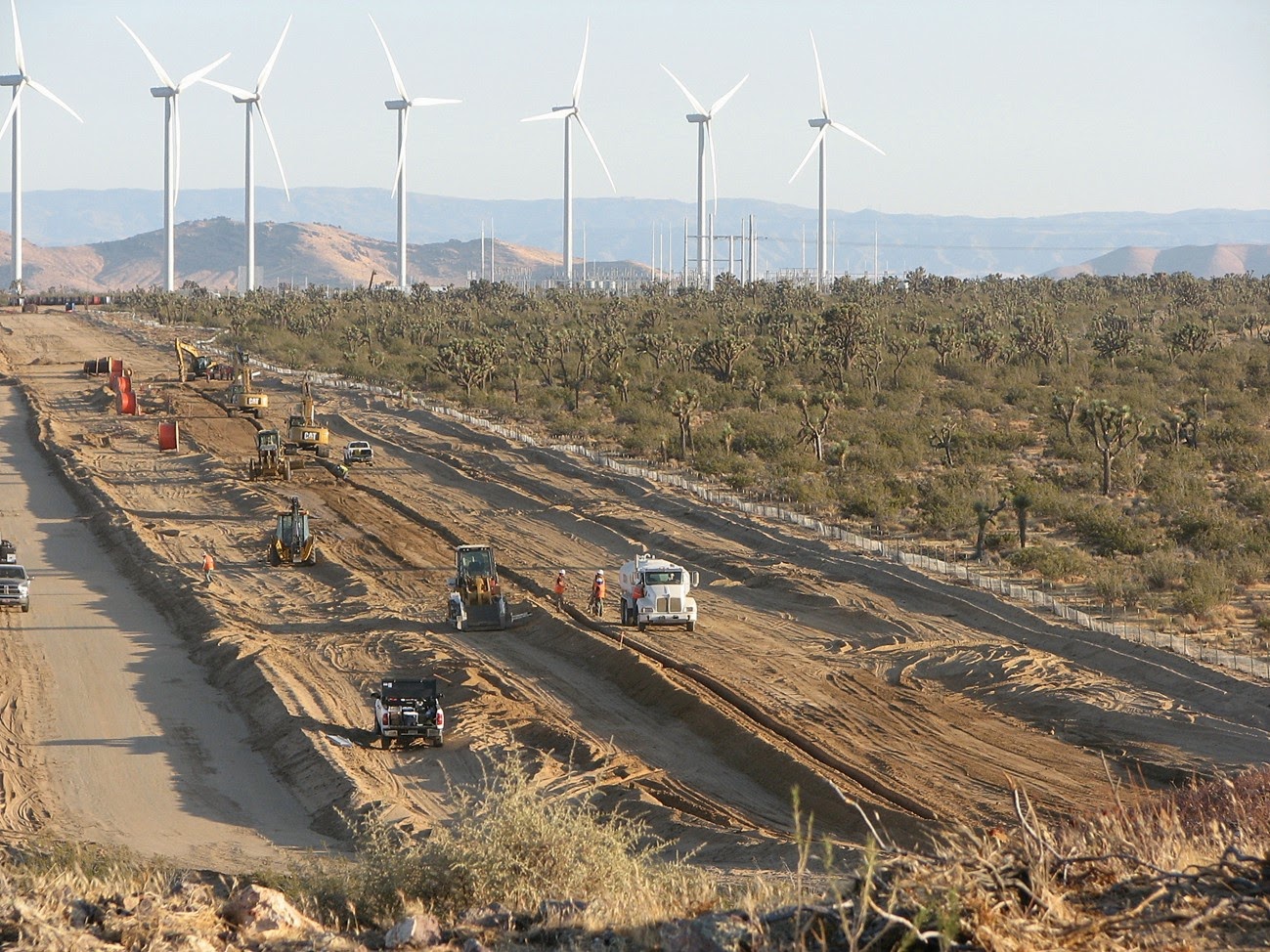DRECP Spotlight: Cuddeback

When I was a kid growing up in Victorville watching jets taking off from now-closed George Air Force Base, I didn't know that some of them were probably bombing a 12 square mile patch of desert in California known as the Cuddeback Air Force Bomb and Gunnery Range. The U.S. Air Force gave up the Cuddeback range in August 2012, but the Bureau of Land Management (BLM) is still figuring out whether it is " suitable for public use ." The Desert Renewable Energy Conservation Plan (DRECP) does not designate the Cuddeback range as either a development focus area or a conservation area, even thought it is immediately adjacent to two wilderness areas, and probably serves as important habitat for the desert tortoise and Mojave ground squirrel. The Google map above shows the approximate boundaries of the former Cuddeback Air Force Range. The DRECP does not recognize the range as BLM land, even though Department of Interior testimony acknowledged that the U.S. Air Force relinq...





